The 1980s were a magical time of big hair, neon colors, and technological innovations that seemed cutting-edge but now make us chuckle with nostalgia. As we navigated the world without smartphones or the internet, we accepted so many inconveniences and oddities as perfectly normal parts of daily life. Looking back through our modern lens, however, these once-common experiences feel like artifacts from another dimension. Join us on this nostalgic journey as we explore 12 things that were everyday realities in the ’80s but would seem utterly bizarre to younger generations today.
1. Video Rental Stores with Late Fees
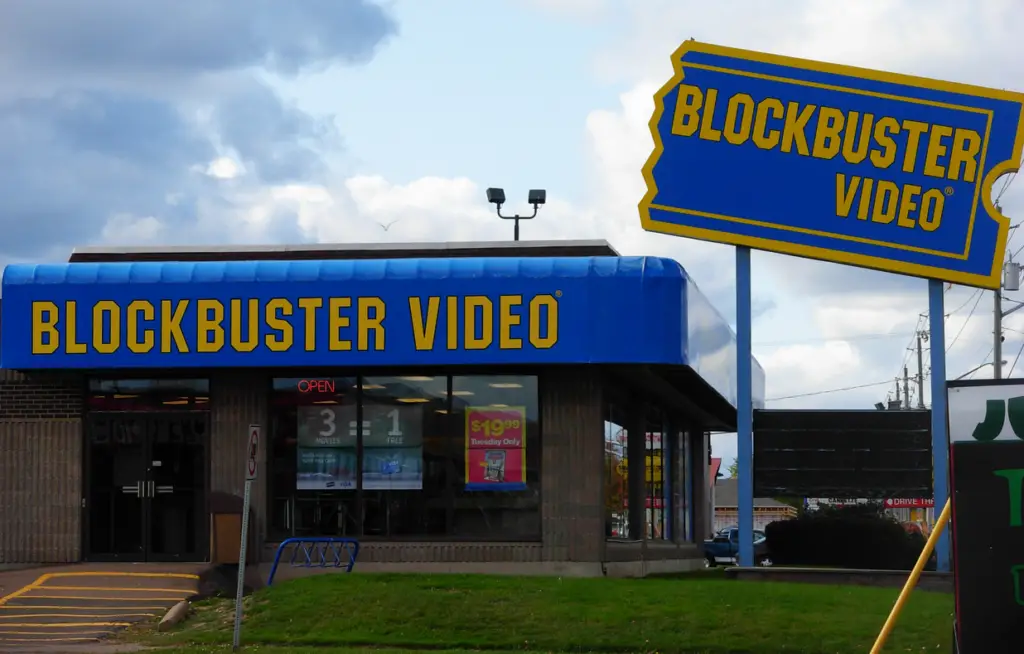
Every weekend began with the family pilgrimage to Blockbuster or your local video rental store, where you’d spend 45 minutes debating which new release to take home. The pressure was immense—choose wrongly, and your entire weekend entertainment was ruined, especially if someone else snagged the last copy of the movie everyone was talking about. The real kicker came when you inevitably forgot to rewind the VHS tape before returning it (be kind, rewind!) or returned it a day late, resulting in late fees that could eventually exceed the cost of buying the movie outright. To further inspire nostalgia, Rare Historical Photos has a visual timeline of the Golden Age of video rental stores, recapturing a time irreparably gone.
Entire social interactions developed around video rental stores, from the recommendations of the cinema-buff employees to negotiating with siblings over which movie to select. The sheer physicality of the experience—browsing actual shelves, carrying plastic cases, and operating the chunky VHS tapes—created a deliberate, almost ceremonial approach to home entertainment. In today’s world of instant streaming and algorithm-based recommendations, explaining why we once drove across town, paid money to temporarily possess a movie, then had to drive back to return it (or face financial penalties) sounds like a bizarre form of entertainment masochism.
2. Encyclopedia Sets as Status Symbols

Many middle-class homes proudly displayed a complete set of encyclopedias—often sold door-to-door by persuasive salespeople who convinced parents these books were essential for their children’s education. These massive multi-volume collections consumed entire bookshelves and represented a significant household investment, sometimes costing thousands of dollars with payment plans stretching over years. The family encyclopedia was the Google of its day, though using it required knowing alphabetical order and having the upper body strength to lift these hefty tomes. The history of the encyclopedia overall, as recounted by Britannica, is quite ancient, further adding an aura of mystery and allure to these thick tomes years ago.
Parents justified the expense by envisioning children diligently researching school projects, though in reality, most kids only opened them when absolutely forced to by homework requirements. The encyclopedia purchase often came with annual yearbooks to keep information “current,” though their updates were outdated before they even arrived in the mail. Explaining to today’s kids that we once had to physically walk to a bookshelf, select the correct volume based on the first letter of our search term, and then manually flip through pages to find information—with no Ctrl+F function—sounds like describing life in the Dark Ages.
3. Smoking Sections in Restaurants

Restaurants didn’t ask if you preferred smoking or non-smoking sections—they asked which section you wanted as if both were equally desirable dining options. The smoking section was often separated from the non-smoking area by nothing more than an imaginary line or perhaps a half-wall, meaning everyone essentially shared the same air. Restaurant outings meant your clothes and hair inevitably absorbed the ambient tobacco smoke, regardless of your personal smoking habits. According to The New York Times, just as the smoking section has a history of its own, so too do the people who took a stand in defense of smoking.
Airplanes, too, offered smoking sections toward the back, operating under the bizarre assumption that smoke would politely respect the arbitrary boundaries assigned to it. Even hospitals had designated smoking areas inside the buildings, creating the contradictory scenario of people smoking in the very institutions designed to heal them. The idea that smoking was once permitted virtually everywhere—including around children in confined spaces like cars and homes—now seems not just bizarre but almost criminally negligent by today’s health standards.
4. Making Plans Without Cell Phones
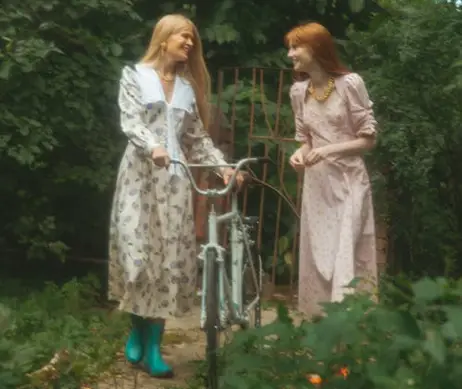
Making social arrangements required military-level planning and coordination, often established days or weeks in advance with little flexibility for changes. You’d agree on a specific time and location to meet friends, and if someone was late or went to the wrong place, there was no way to contact them—you simply waited and hoped they’d eventually show up. This created a strange combination of rigid scheduling and complete uncertainty once plans were set in motion.
Spontaneous changes to established plans were nearly impossible unless everyone happened to be near a payphone with plenty of quarters (and knew the phone numbers of everyone involved from memory). The phrase “I’ll meet you by the fountain at the mall at 7:00” carried enormous weight and responsibility—it was a verbal contract that, if broken, could leave someone stranded with no way to find the group. Today, when we can instantaneously update our ETA or location to anyone anywhere in the world, the stress and commitment of pre-mobile phone social coordination seems almost unimaginably primitive.
5. Recording Music Off the Radio
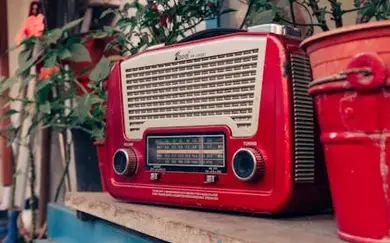
Armed with blank cassette tapes and endless patience, we’d sit for hours next to the radio, finger hovering over the record button, waiting for favorite songs to play. The art form required lightning reflexes to catch the beginning of the song while avoiding the DJ’s commentary, and any interruption (like a parent calling your name) could ruin a nearly-perfect recording. These homemade mixtapes became prized possessions despite their imperfections—radio static, partial recordings, and the inevitable voice of an enthusiastic DJ talking over the song’s intro or outro.
Creating the perfect mixtape for a road trip or to give to a crush required serious time investment and strategic planning about song order and tape length. The physical limitations of cassettes meant carefully calculating whether your song selections would fit on one side without cutting off mid-song, often requiring mathematical calculations about minute counts and tape lengths. Explaining to digital natives that we once had to wait indefinitely for songs to randomly play on the radio, couldn’t skip unwanted content, and physically owned our music in a format that could be chewed up by the playing device sounds like describing an unnecessarily complicated torture system rather than entertainment.
6. Phone Cords Restricting Movement
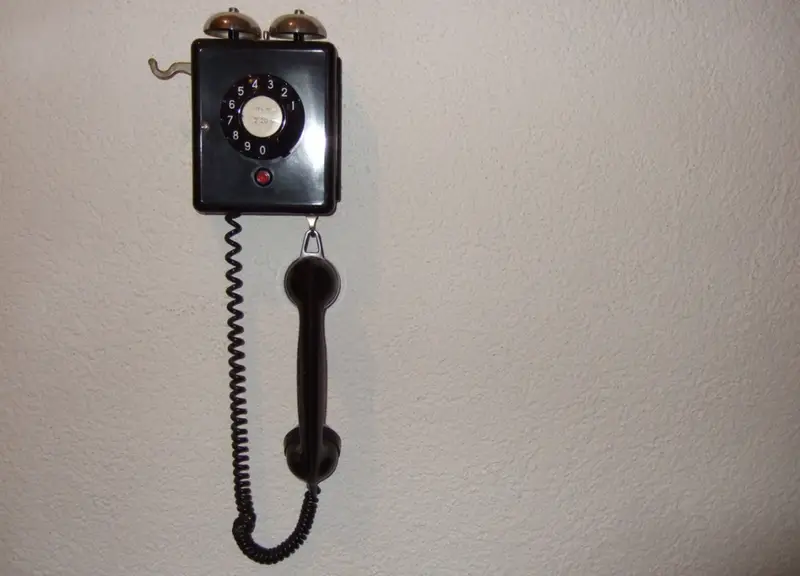
Home phones were tethered to walls by cords that invariably became stretched and tangled, limiting your conversation radius to a specific area of the house. Privacy for teenage conversations often meant stretching the cord to its absolute limit to reach a closet or bathroom, or investing in the luxury of a 25-foot coiled cord that still somehow never reached quite far enough. The household choreography of people ducking under or stepping over the extended phone cord as someone paced during a long call was an everyday physical comedy routine.
Important calls required sitting near the phone at the agreed-upon time, and missing a call meant never knowing someone had tried to reach you unless they called back. The family phone meant every conversation had potential eavesdroppers, from siblings picking up another extension to parents monitoring call duration because they were expecting an important call themselves. The physical connection of phone to wall created uniquely ’80s problems like accidentally knocking over a side table when the cord snagged it, or the special frustration of reaching the cord’s limit just inches away from the refrigerator during a hungry late-night chat.
7. Writing Checks for Everyday Purchases

People routinely carried checkbooks and pens as essential items, writing checks for everything from groceries to gas station fill-ups. The checkout process involved watching someone slowly fill out a check, tear it along the perforation, hand it over, and then wait as the cashier potentially called for manager approval or compared signatures to your ID. Behind you, other customers would sigh audibly as they waited through this time-consuming payment process, creating a special form of social pressure that often led to smudged handwriting as you rushed.
Balancing checkbooks was a monthly mathematical ordeal that required saving every receipt and subtracting each transaction from your running balance, with errors potentially resulting in bounced checks and bank fees. The special panic of realizing you’d forgotten to record a check and had no idea if you had sufficient funds in your account created a unique form of financial anxiety. Today’s instant digital payments, automatic balance updates, and the general disappearance of paper from financial transactions make the check-writing process seem as antiquated as bartering with seashells.
8. Photo Processing Roulette
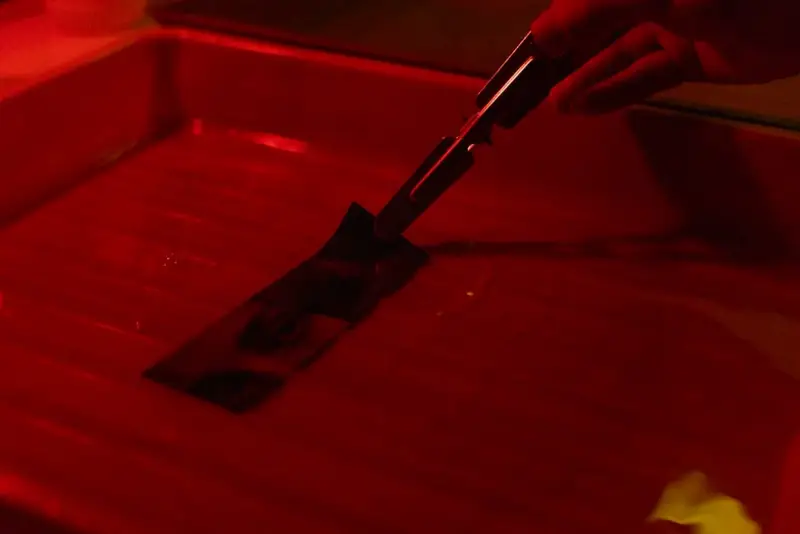
Taking photos meant carefully rationing your 24 or 36 exposures on a roll of film, never quite knowing if your shots were any good until days later when you paid to have them developed. The anticipation of picking up processed photos from the drugstore was matched only by the disappointment of discovering half were unusable due to closed eyes, poor lighting, or your thumb mysteriously covering the lens. Each bad photo represented wasted money since you paid for developing every exposure regardless of quality.
Family vacations generated multiple rolls of film that often remained undeveloped for weeks or months, creating a strange delayed gratification where you relived your vacation long after returning home. The “double prints” option was considered a wise investment because it gave you a copy to share, even though it meant paying extra for duplicates of all the bad photos too. The concept of taking thousands of free digital photos, viewing them instantly, deleting the bad ones immediately, and never paying for physical development would have seemed like science fiction to ’80s photography enthusiasts who carefully staged each precious exposure.
9. TV Viewing on the Network’s Schedule
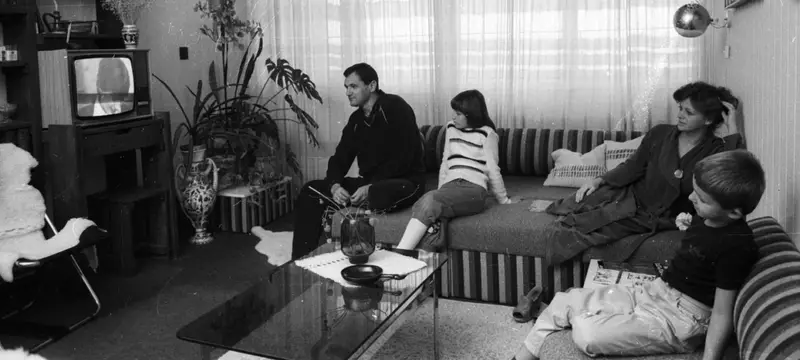
Television watching required organizing your schedule around when shows aired, with no option to pause for bathroom breaks or snack preparation. Missing an episode meant missing it forever (or at least until summer reruns), creating a strange social obligation to be physically present in front of your TV at specific times multiple nights per week. TV Guide was essential household reading, often with family members circling their must-watch programs to create a weekly viewing schedule that sometimes required negotiation when conflicts arose.
The physical act of getting up to change channels on the TV set (or arguing about whose turn it was to do so) seems particularly bizarre in the age of voice-controlled remotes. Recording shows on VHS required programming skills that defeated many adults, resulting in the blinking “12:00” becoming a universal symbol of technological surrender. The concepts of binge-watching, streaming, or on-demand viewing would have seemed like utopian fantasies to ’80s viewers who planned their evening activities around network broadcasting schedules and experienced television at the exact same time as everyone else in their time zone.
10. The Columbia House “12 Albums for a Penny” Deal

Teenagers across America signed up for the seemingly miraculous Columbia House deal that offered 12 cassettes or CDs for just one penny, conveniently ignoring the multi-year commitment to purchase additional albums at “regular club prices.” This mail-order music club exploited the fine print and adolescents’ poor impulse control, creating a generation of young people who unexpectedly found themselves receiving (and being billed for) the monthly “selection” they forgot to decline by returning the response card. Parents nationwide experienced the special frustration of discovering their children had signed legally binding contracts for overpriced music, often using the parents’ names.
The arrival of those first 12 albums felt like an incredible windfall—a music collection instantly established for just a penny, at least until the bills for the mandatory purchases started arriving. Many subscribers developed elaborate schemes to fulfill their minimum purchase requirements as cheaply as possible before canceling their membership, which itself required the persistence of a detective to accomplish. The entire business model depended on physical mail, poor attention to terms and conditions, and the difficulty of cancellation—all concepts that would seem predatory and bizarre in today’s consumer protection environment.
11. Calling for Movie Times
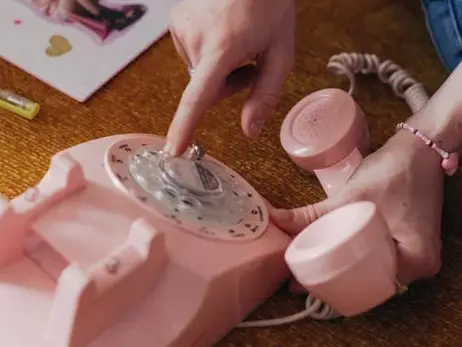
Before seeing a movie, someone had to call the theater and listen to a recorded message reciting all showtimes for all movies, often forced to call back if they missed the information for their desired film. Newspapers printed movie showtimes daily, but they weren’t always current, creating uncertainty that could only be resolved by this phone call or physically going to the theater to check the posted schedule. The theater recording typically featured a monotone voice speed-reading through listings, creating the challenge of memorizing complex information or writing it down quickly enough before the next movie’s times began.
Group outings required coordinating these logistical details without the benefit of shared digital information, sometimes resulting in everyone showing up for a sold-out showing or arriving at different theaters entirely. Planning to see a popular new release often meant arriving 30-45 minutes early to ensure tickets were available and acceptable seats could be secured, with no option to reserve specific seats in advance. The modern ability to browse showtimes on multiple platforms, purchase tickets from home, select specific seats, and have digital tickets on your phone would have seemed like an implausibly convenient fantasy to ’80s moviegoers who navigated the analog chaos of peak Friday night showings.
12. Elaborate Answering Machine Rituals
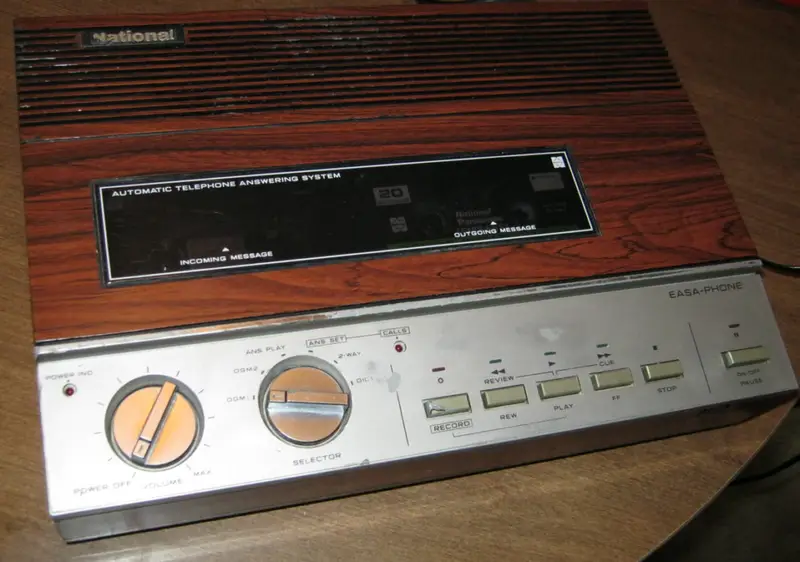
Answering machines created a strange public performance aspect to leaving messages, as you never knew who might be listening through the speaker as your message was recorded. The anxiety of crafting the perfect machine message led to many people writing scripts or practicing before calling, knowing there was no option to delete and re-record if you stumbled over your words. The unique tension of wondering if someone was screening calls and listening to your message in real-time created a bizarre guessing game where people sometimes said things like, “Pick up if you’re there… I know you’re there!”
Checking your own answering machine became a central ritual upon returning home, with the blinking light indicating your social status and importance. The physical limitations of answering machine tapes meant old messages had to be deleted to make room for new ones, sometimes resulting in accidentally erasing important information before writing it down. Today’s world of text messages, voicemail transcription, and the general decline of voice calls makes the entire answering machine ecosystem—from the anxiety of leaving coherent messages to the physical maintenance of the devices—seem like a strangely complicated system for what was essentially prehistoric texting.
The gap between ’80s normalcy and today’s reality highlights not just technological evolution but a fundamental shift in how we interact with the world. What’s perhaps most bizarre isn’t the outdated technology or fashion choices, but how much time, effort, and planning went into activities that are now instantaneous and effortless. The patience required to navigate daily life—waiting for photos to develop, songs to play on the radio, or TV shows to air—created a different relationship with time itself. As we chuckle at these now-strange customs from just a few decades ago, it’s worth wondering which of our current “normal” habits will seem equally bizarre to future generations scrolling through whatever replaces today’s social media.


